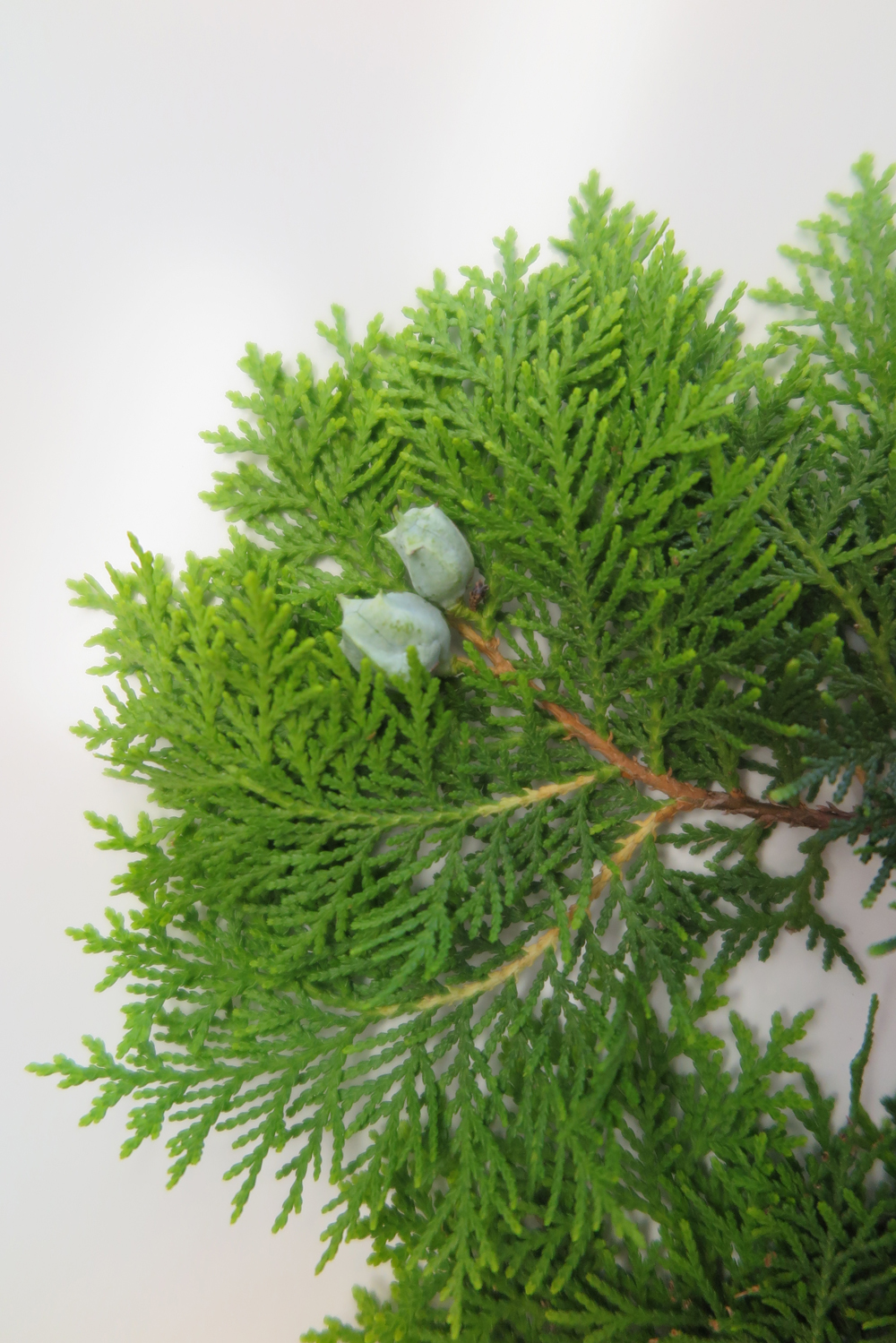Arborvitae
Arborvitae, Platycladus
Arborvitaes offer evergreen structure and texture to the landscape. They are often used as large screening shrubs and hedges. Their soft needles are gentle on the eye and the hands!

Growing
Arborvitae prefers full sun but will tolerate afternoon shade. The soil should be of average fertility, moist and well drained. Plants prefer an alkaline soil. These plants enjoy humidity and are often found growing near marshy areas. They are known for tolerating dusty conditions and high levels of air pollution.
Tips
Large varieties of arborvitae make excellent specimen trees. Smaller cultivars can be used in foundation plantings and shrub borders, and as formal or informal hedges. Shearing is not recommended, but rather selective hand pruning.
Recommended
P.orientalis (syn. Thuja orientalis, Chinese arborvitae, eastern white cedar) is a narrow, pyramidal tree with scale-like needles. Two popular selections are ‘Degroot’s Spire,’ a slow-growing variety in an upright form, with deep green foliage and a mature size of 6' tall and 2' wide; and ‘Golden Globe,’ a rounded, dwarf form with golden yellow foliage.
Also called: cedar
Features: small to large evergreen shrub or tree; blue-green evergreen foliage; bark; form
Height: 15’-25
Spread: 10’–15'
Hardiness: zones 2–9


